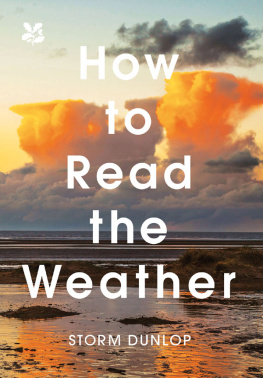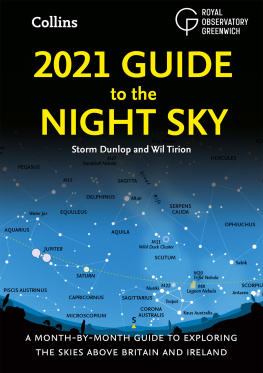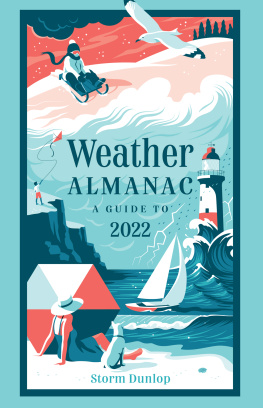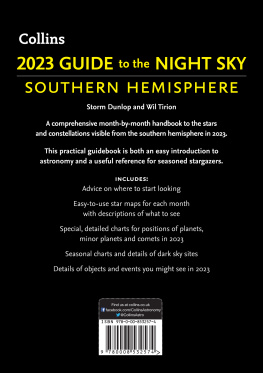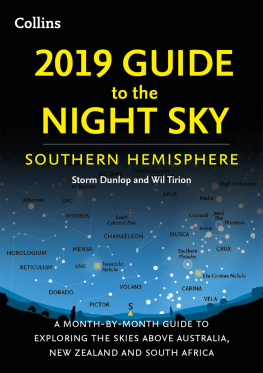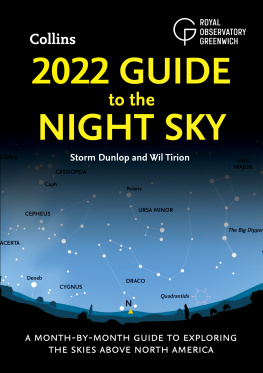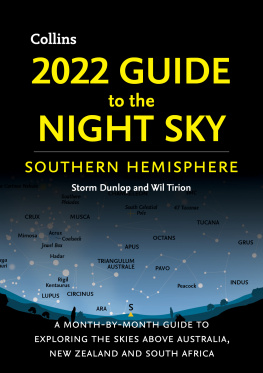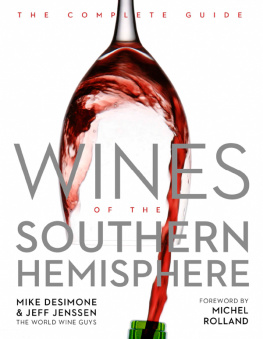Storm Dunlop - 2021 Guide to the Night Sky Southern Hemisphere
Here you can read online Storm Dunlop - 2021 Guide to the Night Sky Southern Hemisphere full text of the book (entire story) in english for free. Download pdf and epub, get meaning, cover and reviews about this ebook. year: 2020, publisher: HarperCollins Publishers, genre: Children. Description of the work, (preface) as well as reviews are available. Best literature library LitArk.com created for fans of good reading and offers a wide selection of genres:
Romance novel
Science fiction
Adventure
Detective
Science
History
Home and family
Prose
Art
Politics
Computer
Non-fiction
Religion
Business
Children
Humor
Choose a favorite category and find really read worthwhile books. Enjoy immersion in the world of imagination, feel the emotions of the characters or learn something new for yourself, make an fascinating discovery.
- Book:2021 Guide to the Night Sky Southern Hemisphere
- Author:
- Publisher:HarperCollins Publishers
- Genre:
- Year:2020
- Rating:4 / 5
- Favourites:Add to favourites
- Your mark:
- 80
- 1
- 2
- 3
- 4
- 5
2021 Guide to the Night Sky Southern Hemisphere: summary, description and annotation
We offer to read an annotation, description, summary or preface (depends on what the author of the book "2021 Guide to the Night Sky Southern Hemisphere" wrote himself). If you haven't found the necessary information about the book — write in the comments, we will try to find it.
2021 Guide to the Night Sky Southern Hemisphere — read online for free the complete book (whole text) full work
Below is the text of the book, divided by pages. System saving the place of the last page read, allows you to conveniently read the book "2021 Guide to the Night Sky Southern Hemisphere" online for free, without having to search again every time where you left off. Put a bookmark, and you can go to the page where you finished reading at any time.
Font size:
Interval:
Bookmark:
Contents
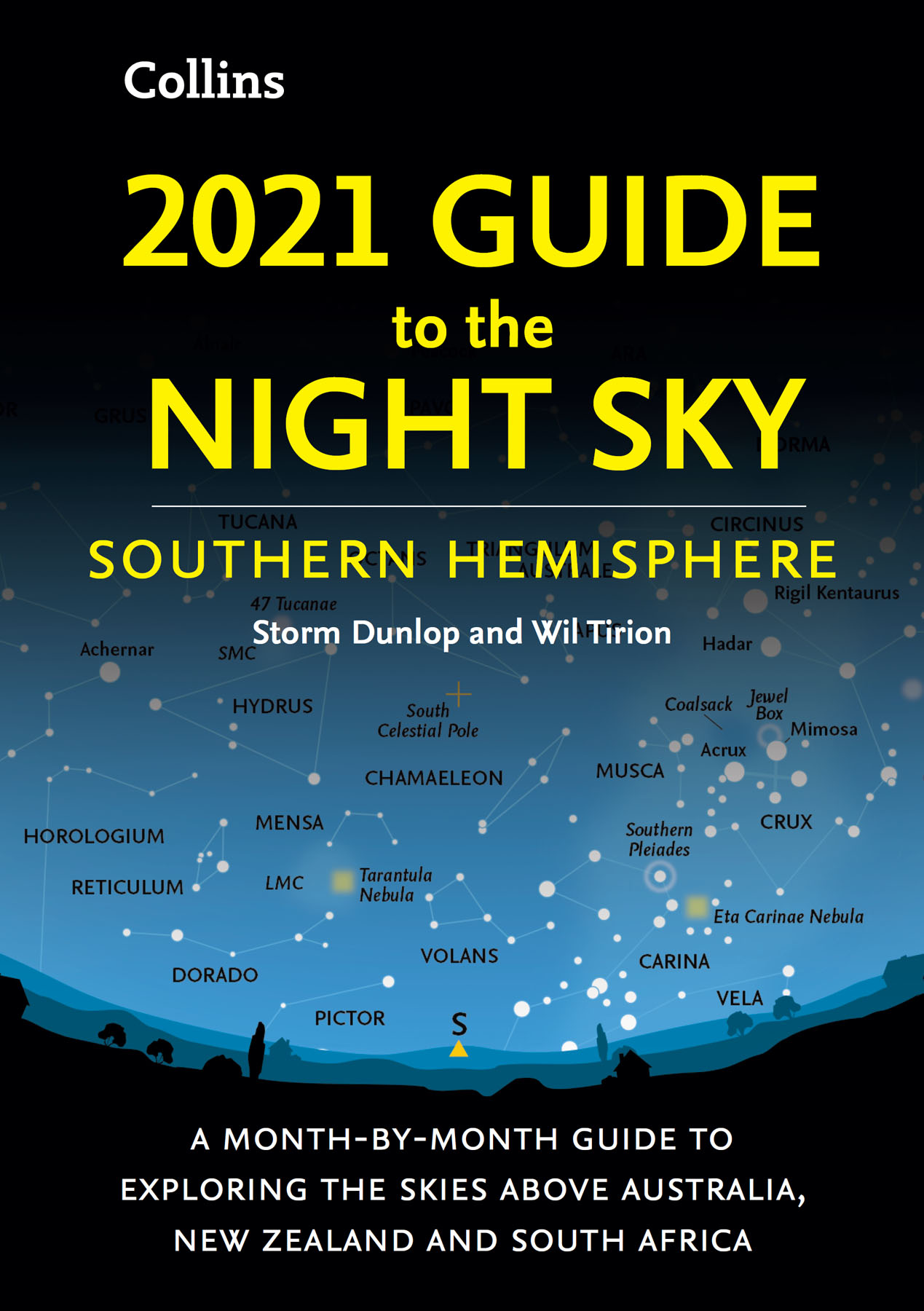
Time Zones
The times of events in this book are given in Coordinated Universal Time (UTC), here abbreviated to Universal Time (UT). This time is equivalent to the time on the Greenwich meridian (GMT), and is used by astronomers around the world so that observations may be compared easily, without having to convert from local (zone) times. Universal Time is always given on a 24-hour clock (sometimes known as military time or Zulu, Z). In many countries times are generally given as a.m. or p.m. and such times are shown on the charts showing the appearance of the sky for each month. Giving the times of individual events as a.m. or p.m. would be complex and confusing, so those times may need to be converted from UT.
Australia
Australian time zones are shown on this map. There are three: Australian Western Standard Time (AWST); Australian Central Standard Time (ACST); and Australian Eastern Standard Time (AEST). Some individual states (Western Australia, Northern Territory and Queensland) do not use daylight saving time (DST) during the summer months. To obtain local (zone) time from Universal Time (UT), add the hours shown in this table. If the result is greater than 24, subtract 24 hours. If the initial or subsequent result is less than 12:00, the zone time is a.m.; if greater, subtract 12 hours to get the time p.m. The dates when Daylight Saving Time begins and ends are shown on the individual calendars inside the book. At the time of writing, it is introduced on the first Sunday of October and ends on the first Sunday in April.
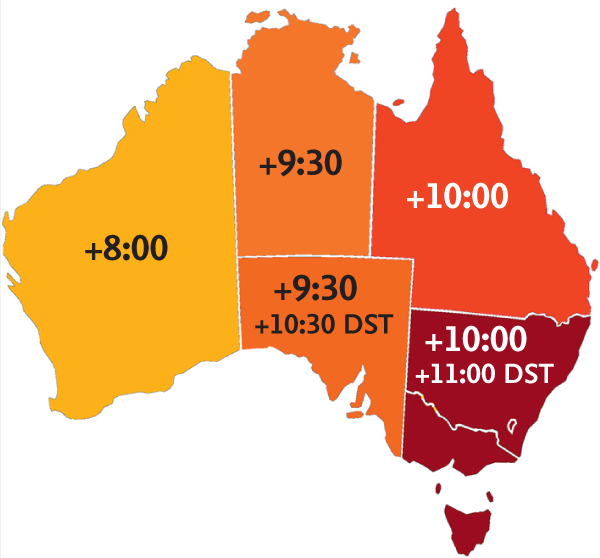
Time zone | Winter | Summer |
Australia | Add hours shown to UT | |
Western Australia | 08:00 (AWST) | no DST |
Northern Territory | 09:30 (ACST) | no DST |
Queensland | 10:00 (AEST) | no DST |
South Australia | 09:30 (ACST) | 10:30 (DST) |
New South Wales | 10:00 (AEST) | 11:00 (DST) |
Australian Capital Territory | 10:00 (AEST) | 11:00 (DST) |
Victoria | 10:00 (AEST) | 11:00 (DST) |
Tasmania | 10:00 (AEST) | 11:00 (DST) |
New Zealand | 12:00 (NZST) | 13:00 (NZDT) |
South Africa | 02:00 (SAST) | no DST |
New Zealand
New Zealand uses a single time zone for the North and South Islands: New Zealand Standard Time (NZST) which is 12 hours ahead of UT. Daylight saving time (NZDT) is used in the summer, and begins on the last Sunday in September and ends on the first Sunday of April. (Note that it begins one week before the Australian start of Daylight Saving Time.) As for Australia, the hours shown above should be added to Universal Time (UT). If the result is greater than 24, subtract 24 hours. If the initial or subsequent result is less than 12:00, the zone time is a.m.; if greater, subtract 12 hours to get the time p.m. The dates when Daylight Saving Time begins and ends are shown on the individual calendars inside the book.
South Africa
South Africa uses a single time zone: South Africa Standard Time (SAST). This is two hours in advance of UT. Daylight Saving Time / Summer Time is not used. To obtain local (zone) time, add two hours to UT. If the result is greater than 24, subtract 24 hours. If the initial or subsequent result is less than 12:00, the zone time is a.m.; if greater, subtract 12 hours to get the time p.m.
Published by Collins
An imprint of HarperCollins Publishers
Westerhill Road
Bishopbriggs
Glasgow G64 2QT
www.harpercollins.co.uk
HarperCollins Publishers 2020
Text and illustrations Storm Dunlop and Wil Tirion
Photographs see acknowledgements .
Collins is a registered trademark of HarperCollins Publishers Ltd
All rights reserved under International and Pan-American Copyright Conventions. By payment of the required fees, you have been granted the non-exclusive, non-transferable right to access and read the text of this e-book on screen. No part of this text may be reproduced, transmitted, downloaded, decompiled, reverse engineered, or stored in or introduced into any information storage and retrieval system, in any form or by any means, whether electronic or mechanical, now known or hereafter invented, without the express written permission of HarperCollins.
The contents of this publication are believed correct at the time of printing. Nevertheless the publisher can accept no responsibility for errors or omissions, changes in the detail given or for any expense or loss thereby caused.
HarperCollins does not warrant that any website mentioned in this title will be provided uninterrupted, that any website will be error free, that defects will be corrected, or that the website or the server that makes it available are free of viruses or bugs. For full terms and conditions please refer to the site terms provided on the website.
A catalogue record for this book is available from the British Library
eBook Edition Sep 2020
ISBN 9780008399801
Version: 20200624
Contents
The aim of this Guide is to help people find their way around the night sky, by showing how the stars that are visible change from month to month and by including details of various events that occur throughout the year. The objects and events described may be observed with the naked eye, or nothing more complicated than a pair of binoculars.
The conditions for observing naturally vary over the course of the year. During the summer, twilight may persist throughout the night and make it difficult to see the faintest stars. There are three recognized stages of twilight: civil twilight, when the Sun is less than 6 below the horizon; nautical twilight, when the Sun is between 6 and 12 below the horizon; and astronomical twilight, when the Sun is between 12 and 18 below the horizon. Full darkness occurs only when the Sun is more than 18 below the horizon. During nautical twilight, only the very brightest (navigation) stars are visible. During astronomical twilight, the faintest stars visible to the naked eye may be seen directly overhead, but are lost at lower altitudes. At Sydney, full darkness persists for about six hours at mid-summer. Even at Christchurch, NZ (not shown), full darkness lasts about four hours. By contrast, as far south as Cape Horn, at mid-summer nautical twilight persists, so only the very brightest stars are visible.
Another factor that affects the visibility of objects is the amount of moonlight in the sky. At Full Moon, it may be very difficult to see some of the fainter stars and objects, and even when the Moon is at a smaller phase it may seriously interfere with visibility if it is near the stars or planets in which you are interested. A full lunar calendar is given for each month and may be used to see when nights are likely to be darkest and best for observation.
The celestial sphere
All the objects in the sky (including the Sun, Moon and stars) appear to lie at some indeterminate distance on a large sphere, centred on the Earth. This
Next pageFont size:
Interval:
Bookmark:
Similar books «2021 Guide to the Night Sky Southern Hemisphere»
Look at similar books to 2021 Guide to the Night Sky Southern Hemisphere. We have selected literature similar in name and meaning in the hope of providing readers with more options to find new, interesting, not yet read works.
Discussion, reviews of the book 2021 Guide to the Night Sky Southern Hemisphere and just readers' own opinions. Leave your comments, write what you think about the work, its meaning or the main characters. Specify what exactly you liked and what you didn't like, and why you think so.


